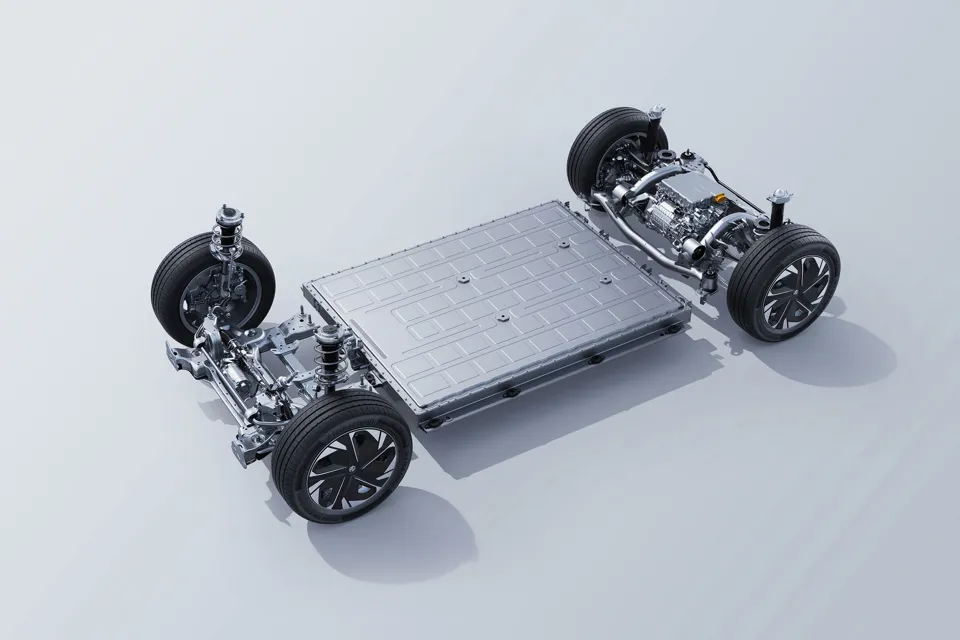Insurance for electric vehicles (EVs) is expected to keep rising unless manufacturers produce more easily repairable battery packs and provide third-party access to battery cell data.
In the majority of EV collisions, there is no way to repair or assess even slightly damaged battery packs after accidents, forcing insurance companies to write off cars - leading to higher premiums.
While EVs constitute only a fraction of vehicles on the road, industry-wide data hard to come by. But the trend of low-mileage zero-emission cars being written off with minor damage is growing, according to research.
Battery packs are now "piling up" in scrapyards, according to Reuters.
"We're buying electric cars for sustainability reasons," said Matthew Avery, research director at automotive risk intelligence company Thatcham Research. "But an EV isn't very sustainable if you've got to throw the battery away after a minor collision."
Some car makers, including Ford, are making battery packs easier to repair, but others, such as Tesla, have opted to used structural battery packs, which are said to have "zero repairability."
At Synetiq, the UK's largest salvage company, head of operations Michael Hill said over the last 12 months the number of EVs in the isolation bay – where they must be checked to avoid fire risk - at the firm's Doncaster yard has soared. The company now processes around 20 per day.
"We've seen a really big shift and it's across all manufacturers," Hill said.
The UK currently has no EV battery recycling facilities, so Synetiq has to remove the batteries from written-off cars and store them in containers. Hill estimated at least 95% of the cells in the hundreds of EV battery packs - and thousands of hybrid battery packs - Synetiq has stored at Doncaster are undamaged and should be reused.
Insurers say the problem lies with the way batteries are made. If the batteries are split into smaller sections, or modules, that are simpler to fix, and open diagnostics data was released to third parties to determine battery cell health, repair costs could be reduced.






















Login to comment
Comments
No comments have been made yet.